
views
New Delhi: The Indian Navy's plans to test fire missiles from Andaman and Nicobar Islands appear to have hit a hurdle with the Environment Ministry concerned over the impact of the exercise on an endangered bird species found only in the ecologically sensitive area.
The Environment Ministry, which is examining a proposal of the Navy for missile testing in Tillanchang Island, has been told by a panel of experts that the proposed test firing will impact the life cycle of Nicobar Megapode, an endangered ground bird found on the island, a National Board for Wildlife member Dr Asad Rahmani said.
The Navy has sought permission for temporary use of the ecologically sensitive forest land on the island for missile testing and erection of temporary structure of 2m x 2m as target for testing accuracy of missiles fired from submarines. The test firing is proposed to be carried out once every year for duration of 7 to 10 days.
The Standing Committee of National Board for Wildlife (NBWL), at a recent meeting Chaired by Environment Minister Jayanthi Natarajan, examined the proposal and ordered a site inspection by a two-member panel after members raised concern over life cycle of the endangered ground bird found only in the Tillanchang Sanctuary.
The Committee sought a report from the panel comprising Chief Wildlife Warden, Andaman and Nicobar Islands and Dr Rahmani, an NBWL member representing Bombay Natural History Society, Mumbai, who informed the meeting that the test firing was likely to have an impact on the bird's life cycle.
The Committee requested the panel to submit a joint report for consideration of the Committee in its next meeting.
Rahmani said Megapodes is found only in the Andaman and Nicobar Islands and its population had declined dramatically in recent years.
Although very little was known about the ecology of the bird, some studies have indicated that Megapodes come back to the same place for nesting, Rahmani said and added that even the dummy firing, as proposed by the Navy, would have an impact on the bird.
"The time and season of firing would be the critical elements in assessing the impact of such firing on the species," he told the meeting.











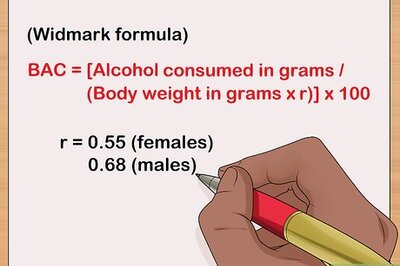

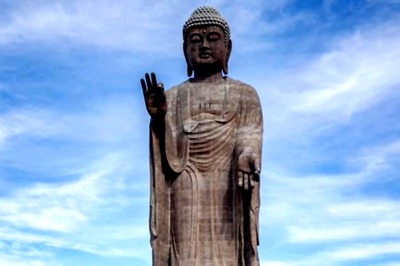
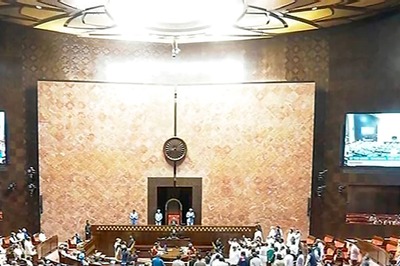
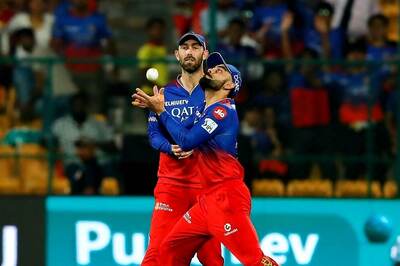
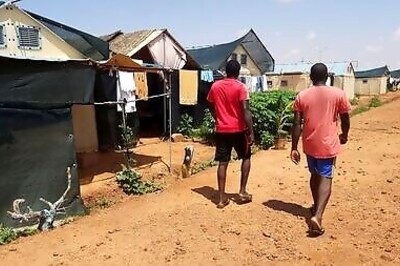



Comments
0 comment